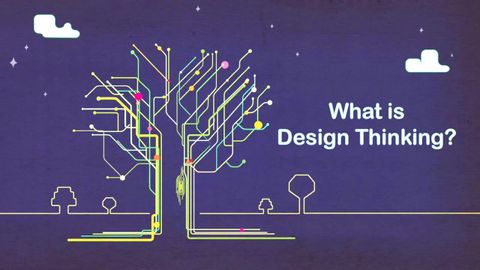デザイン思考とは何か(2015年 (What is Design Thinking (2015))
dawning_chen が 2021 年 01 月 14 日 に投稿  この条件に一致する単語はありません
この条件に一致する単語はありませんUS /ˈfɪzɪkəl/
・
UK /ˈfɪzɪkl/
- n. (c.)身体検査 : 健康診断
- adj.身体の : 肉体の;物質的な;物理的な
- n.体育
- n. (c./u.)(同じ文化を共有する)民族;人々;人々;親族;社員
- v.t.居住する
- n. pl.人々
US /ˈkɑnˌsɛpt/
・
UK /'kɒnsept/
エネルギーを使用
すべての単語を解除
発音・解説・フィルター機能を解除

